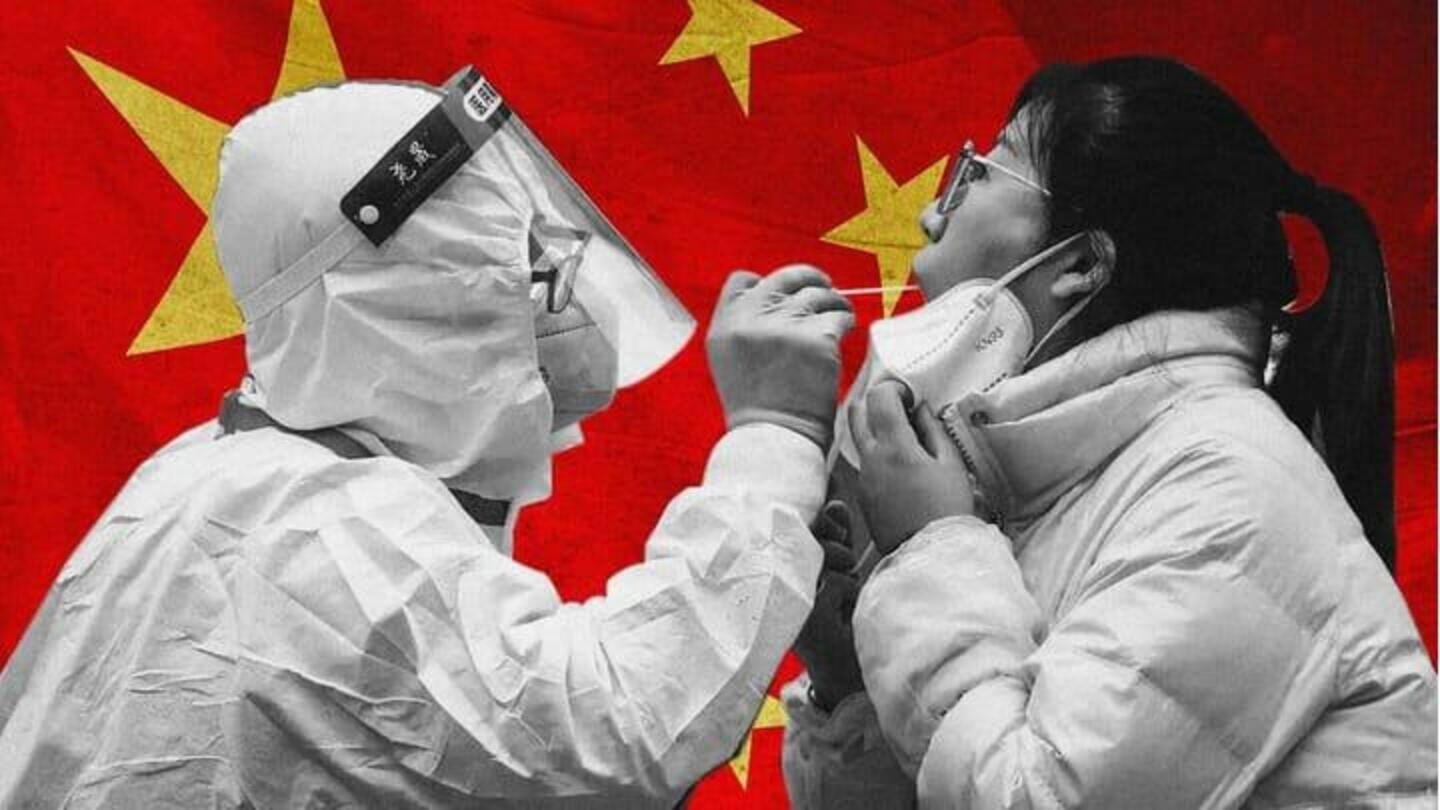
China: No new variants found since zero COVID-19 policy lifted
What's the story
China reported no new COVID-19 variants during the recent spike in cases since the country relaxed its strict zero-COVID policy, according to a study released in the medical journal The Lancet.
According to the study, genome analysis of 413 new COVID-19 infections in Beijing between the times when China relaxed its most stringent pandemic control policies indicates that all were caused by existing strains.
Context
Why does this story matter?
China decided to lift its zero-COVID restrictions in December 2022 amid protests against the strict lockdown for several months.
Following the lift, China experienced a spike in coronavirus cases, prompting more than 12 countries to impose travel restrictions on visitors arriving from the country.
The authors of the study suggest that the conclusions can be viewed as a snapshot of China's current pandemic state.
Details
Most COVID-19 cases in Beijing triggered by Omicron sub-variants: Study
The study, which looked at COVID-19 cases in Beijing between November 14 and December 20 of last year discovered that Omicron subvariants BF.7 or BA.5.2 were involved in more than 90% of local infections in the Chinese city.
It also revealed that imported coronavirus cases during the same time period mostly involved COVID-19 variants that were not prevalent in the city.
Study information
Here are the key findings of The Lancet study
Out of 2,881 high-quality sequences used in the analysis, 413 samples were picked randomly and sequenced between November 14 and December 20 last year.
"Of these, 350 were local cases, and 63 were imported. Imported cases came from 63 countries and regions," it said.
Researchers found that the analysis of the new 413 sequences revealed they all belong to currently existing, known COVID-19 strains.
Quotes
BA5.2, BF.7 strains in Beijing increased after November 14: Report
Furthermore, the study also confirmed that the BF.7 strain triggered over 75% of cases in Beijing.
"The dominant strain in Beijing after November 14 2022 was BF.7, which accounted for 75.7% of local infections. Another Omicron sub-variant, BA5.2, was responsible for 16.3% of local cases," said the study.
"The populations of both BA5.2 and BF.7 in Beijing increased after November 14, 2022," it added.
More details
Here's how the study was conducted
Titled the Characterisation of SARS-CoV-2 variants in Beijing during 2022: an epidemiological and phylogenetic analysis, the study's authors routinely gathered respiratory specimens from imported and local coronavirus cases in Beijing and samples were picked randomly for evaluation since December 2019.
Lead author George Gao claimed cases were currently declining, but "a new wave is possible in the future."
Information
Know about the researchers who conducted the study
According to Reuters, the Chinese-funded Lancet study was performed by researchers from the Chinese Academy of Sciences, the Beijing Center for Disease Prevention and Control, the Chinese Center for Disease Control and Prevention, and the University of the Chinese Academy of Sciences.
Know more
Chinese officials claim current COVID-19 wave 'coming to an end'
The number of COVID-19 deaths and cases is decreasing in China, the nation's Center for Disease Control and Prevention (CDC) claimed in a report on January 30.
It further revealed that there was "no obvious rebound" during the week of the Lunar New Year holidays, when millions of Chinese citizens reunited at family gatherings, reported the BBC.